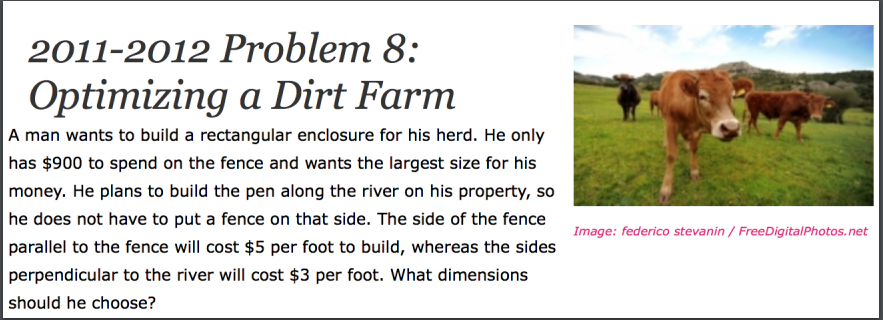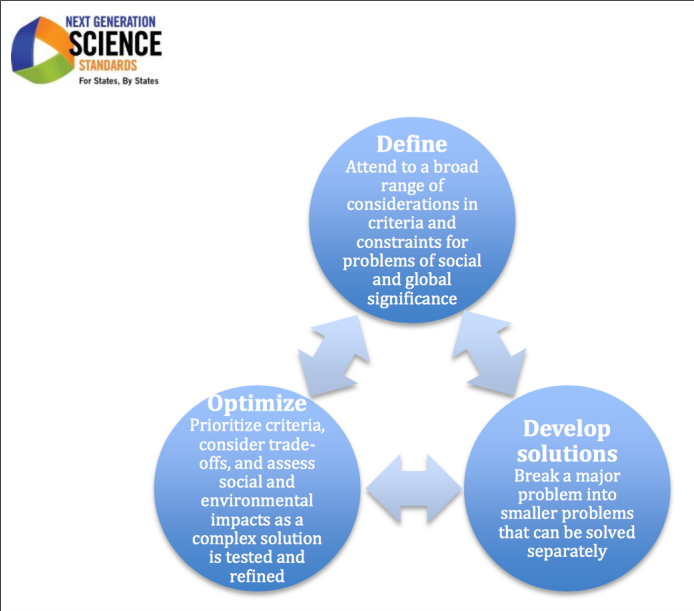Hosted by: Chris Arney, Janice Ballou, and Frank Wattenberg
Chris Arney and Frank Wattenberg are members of the Department of Mathematical Sciences at the United States Military Academy. The views expressed here do not necessarily reflect the views of the United States Military Academy, the United States Army, or the United States Government.
Webinar Date: Thursday, October 13, 2016
Webinar Time: 1-2pm (Eastern)
Many of us in the United States and around the world are aghast at the tone of this year’s United States presidential election. We are struggling to understand how and why our politics have reached the point that all that we hold dear about our country is in jeopardy. As STEM educators we have an enormous opportunity and responsibility. Our courses can help the debate in several ways:
- Many of the most controversial topics–for example, climate change–involve the STEM disciplines. We can help inform the debate. Perhaps it is not too late to bring reason to public discourse.
- Framing public policy questions in scientific terms can often lower the temperature of the debate. Perhaps spreadsheets can replace name-calling.
- Perhaps most importantly, as scientists we can also study elections and public policy debate themselves. How did we get in this mess? How can we get out of it?
This year’s election season has sparked considerable hand-wringing and even soul-searching by professional journalists. Many worry that the quest for objectivity has enforced a false equivalency in their reporting. As educators we face some of the same problems as we seek to respect the opinions of all our students. In addition, our problems are compounded by the fact that we give our students grades.
We will focus on scientific modeling of how voters evaluate different positions on issues, how they decide for whom to vote, how candidates appeal to voters, and on what we can learn from surveys and polling about ourselves and our politics. We recommend taking the Pew Research Center’s brief Political Typology Quiz before the webinar.
This webinar will be largely discussion based. The organizers will briefly introduce some of the ideas below, but will spend most of the time talking about how these ideas can transform our classrooms and help shape a better and more civil future.
We will also touch on some of the ways in which technology has impacted the workings of the body politic and, especially, the impact of big data. We recommend the book Weapons of Math Destruction by Cathy O’Neil. The short YouTube video below is a brief introduction, especially the last few minutes.
https://www.youtube.com/watch?v=gdCJYsKlX_Y
In addition we will discuss the role that language–ranging from the post below commenting on the book to the words of candidates–has had dividing our nation and poisoning our politics.

As STEM educators we have contributed to the present situation. For example, the following problem is arguably the most pernicious of the many thousands of textbook calculus problems. (This particular version came from the web site calculus-help.com but versions appear in virtually every calculus textbook.)

The Next Generation Science Standards do somewhat better if they are understood and implemented well. Consider, for example, the highlighted words from the NGSS:
Grades 9-12
Engineering design at the high school level engages students in complex problems that include issues of social and global significance. Such problems need to be broken down into simpler problems to be tackled one at a time. Students are also expected to quantify criteria and constraints so that it will be possible to use quantitative methods to compare the potential of different solutions. While creativity in solving problems is valued, emphasis is on identifying the best solution to a problem, which often involves researching how others have solved it before. Students are expected to use mathematics and/or computer simulations to test solutions under different conditions, prioritize criteria, consider trade-offs, and assess social and environmental impacts.

Textbook problems have virtually no relationship to real problems–the problems voters and politicians must address. Textbook problems have textbook answers, whether the one best solution the textbook farmer seeks or the NGSS’s graphic showing a collection of solutions to individual problems, impossibly isolated from their context. There is no one best solution for most real problems. We will discuss how we can teach the topics we already teach with simple examples while emphasizing the complexity of real world settings–especially competing stakeholders and criteria and systems that are simply the sums of their parts.
Register for the WebinarPhoto credit: Phil Roeder




